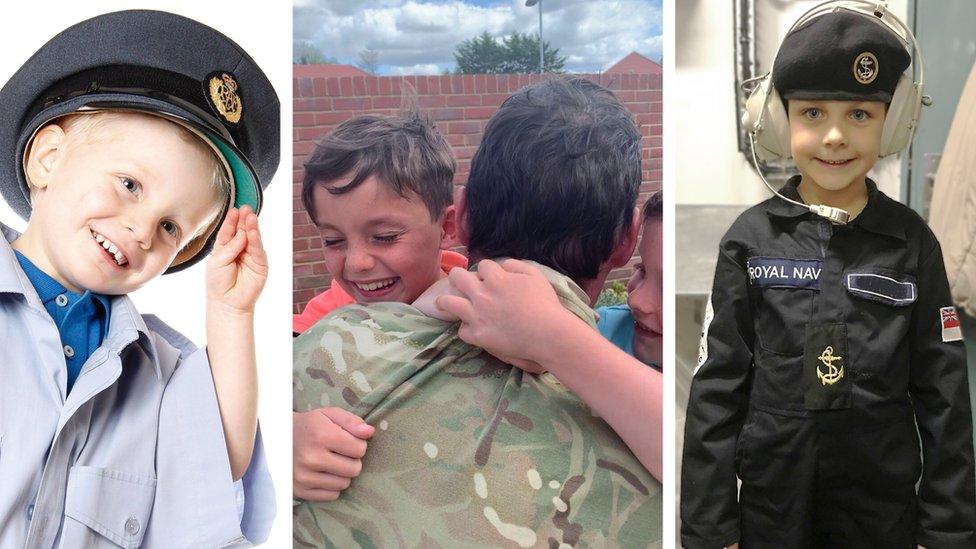Remembrance: What is it and why is it important?
- Published
What is Remembrance Day?
Every year the country comes together for Remembrance Sunday.
A period of silence is held at 11am to remember the people who have died in wars around the world.
Remembrance Day marks the actual day World War One ended, at 11am on the 11th day of the 11th month, in 1918.
Remembrance Sunday is also marked each year, and usually falls on the second Sunday in November.
The royal family will lay wreaths at the Cenotaph and the UK will have a moment of silence at 11 o'clock on that day as part of the commemorations.
How is Remembrance marked?
Why it's important to remember WW1
Millions of people in the UK and around the world pause for a moment on this day to join in commemorations to remember those who gave their life for their country.
There are ceremonies at war memorials, cenotaphs and churches throughout the country as well as abroad.
Members of the Royal Family, politicians, the armed forces and communities attend memorial services.
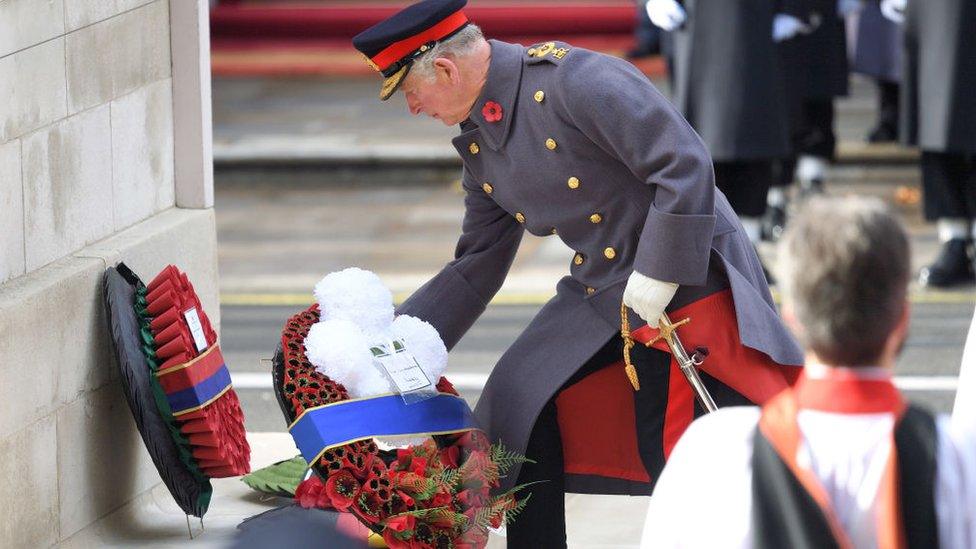
Wreaths Are Laid At The Cenotaph On Remembrance Sunday. King Charles III has taken over this responsibility after the death of Queen Elizabeth II
As Head of the Armed Forces, the Sovereign traditionally lays the first wreath at the Cenotaph on Remembrance Sunday.
As the reigning monarch, King Charles III will lead the ceremony.
Why do we hold a silence?
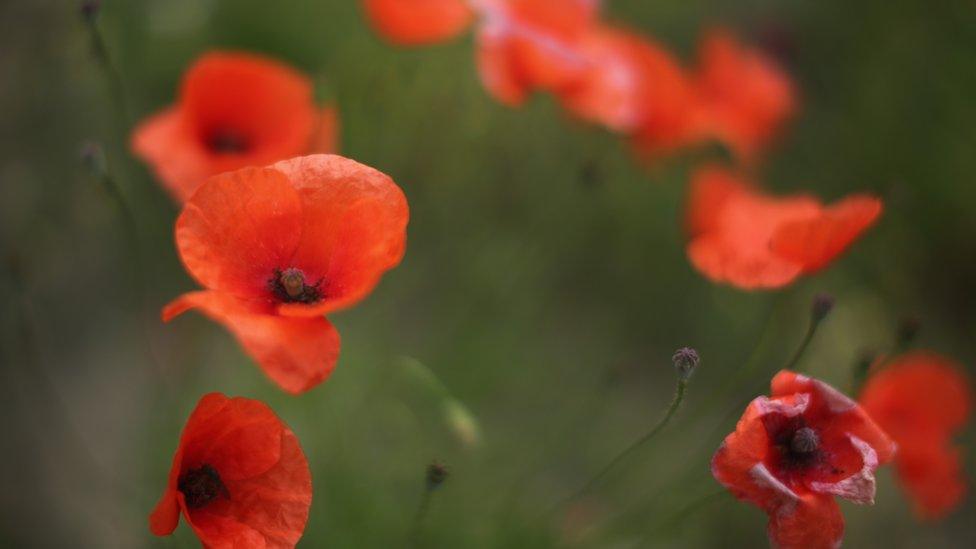
The first two-minute silence in Britain was held on 11 November 1919, when King George V asked the public to observe a silence at 11am.
This was one year after the end of World War One, a war that had been raging in the fields of Northern Europe for four long years.
He made the request so "the thoughts of everyone may be concentrated on reverent remembrance of the glorious dead".
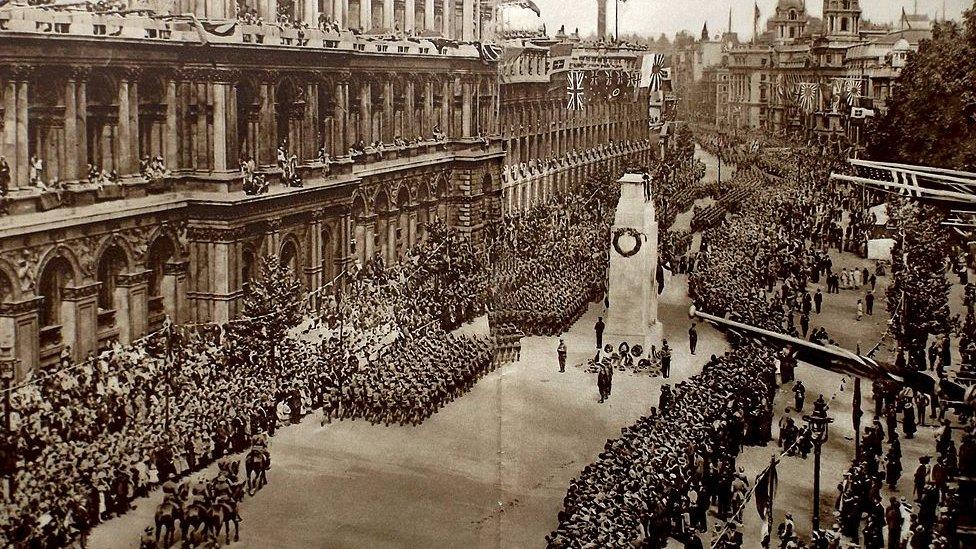
Crowds gathered at Whitehall near the Cenotaph monument, in London for a victory parade in 1919 to mark the peace treaty after World War One
"Armistice Day" on 11 November was when fighting was suspended on the Western Front in 1918, so Germany and the Allies could reach a peace agreement, and the guns fell silent at 11am.
Up to 13 million people died in that conflict, which became known as the "war to end all wars".
While this special day was first commemorated to remember the huge losses after World War One, today the anniversary is used to remember all the people who have died in all wars since.
This includes World War Two, the Falklands War - which in 2022 marked its 40th Anniversary - and more recent conflicts in Iraq and Afghanistan.
On the following Sunday - Remembrance Sunday - many services are held as part of the commemorations.
What do the poppies represent?
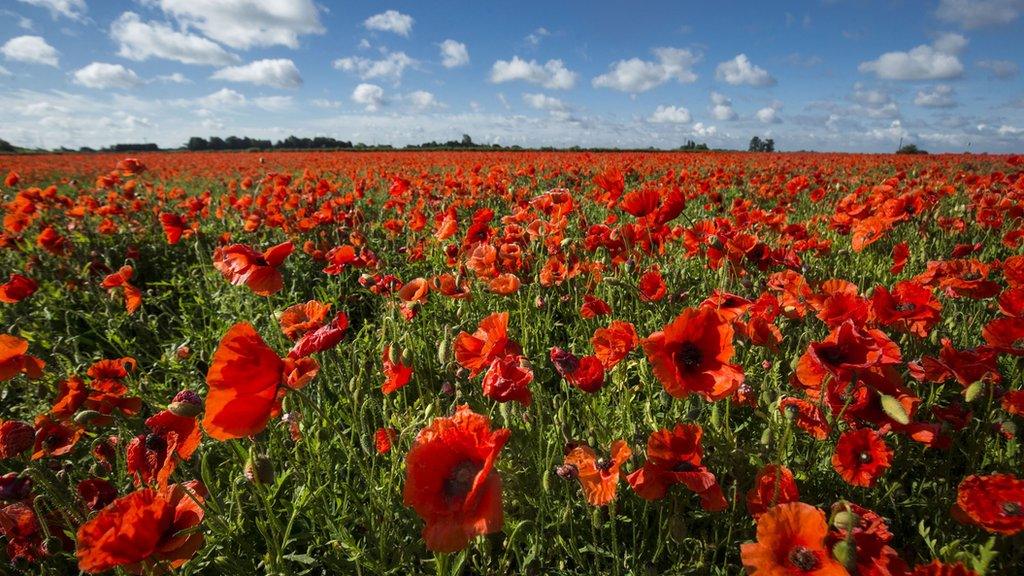
Poppies are worn by millions as a symbol to remember all of the people who have given their lives for their country in war
You will often see poppies at this time of year on people's clothes, in shops, schools and laid at memorials in towns and villages.
During World War One the farms, fields and land in France and Belgium that was fought on was left devastated by battle. All signs of life had been virtually wiped out. But one of the first plants to reappear on the battlefields after fighting ended were red poppies.
So since then, the poppy became a symbol of the suffering and sacrifice made by the brave soldiers that fought in such a terrifying place and that is why they are still used today, when we remember them.
- Published11 November 2022
- Published10 November 2019
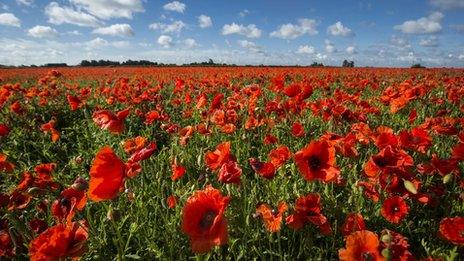
- Published25 October 2019
